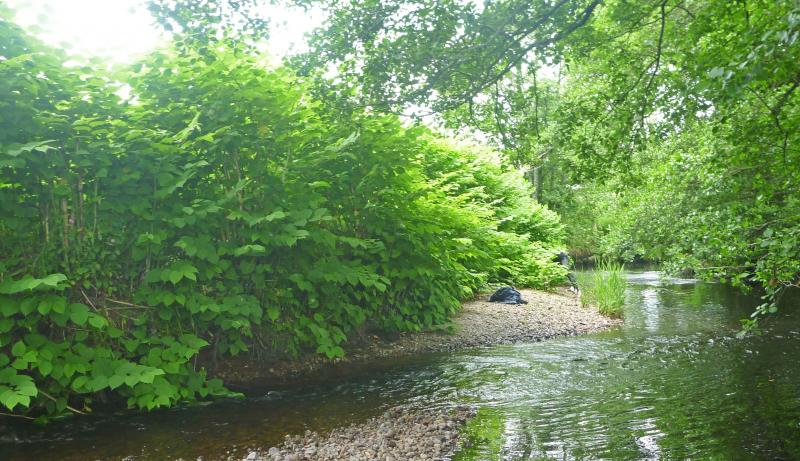It's a great pleasure to welcome back Alex Seeney to the WTT Blog. Just over 18 months ago, he was one of the first of the early career researchers to contribute a post (The riparian invasion: salmonid friend or foe?) about their ongoing science. Well, Alex is now Dr Alex (congratulations) and has returned with an update which I have been eager to see. I well remember some work by Sally Hladyz on how invasive rhododendron can severely impair stream functioning; her work demonstrated that the plant supplied poor leaf litter quality and blocked out the sun, subsequently depressing decomposition rates and algal production rates meaning less food for inverts. Do balsam and knotweed exert similar influences? Over to (Dr) Alex.....
Invasions by non-native species are reported as one of the greatest threats to global biodiversity, and the invasion of riparian ecosystems by invasive non-native plants (INNP hereafter) presents a common and difficult challenge for river and fishery managers.


